Modern MachiningTechnology Evolution: How CNC and Automation Are Reshaping Manufacturing
guide (e.g. book or other printed material)
“Machining technology is undergoing a profound transformation. This article explores how modern “machining” solutions such as CNC (Computer Numerical Control) technology and automated production lines are driving the manufacturing industry towards an intelligent and digital future through revolutionary advances in machining accuracy, productivity and flexibility.
CNC technology: the heart of modern precision machining
CNC machining centres mark a qualitative leap forward in the field of machining by providing precise control of the machine’s trajectory, speed and displacement through a computer-controlled system. Compared to traditional manual operations, CNC technology brings fundamental improvements in many areas:
Excellent precision and quality: Through digital programme control, CNC is able to stably process parts with complex shapes and high precision requirements, greatly reducing human error and good consistency.
Significantly improved efficiency: CNC machining centres are highly automated and can achieve multi-axis simultaneous machining, reducing changeover and waiting time between processes. When machining content is changed, usually only the CNC programme needs to be changed, saving a lot of production preparation time.![图片[1]-The Evolution of Modern Machining Technology: How CNC and Automation are Reinventing Manufacturing (Essence of Process Planning for CNC Machining)-Dalian Fuhong Machinery Co., Ltd](https://endlfh.com/wp-content/uploads/2025/09/QQ20250829-201110-800x626.png)
Enhanced production flexibility: CNC machines are highly flexible and can be quickly adapted to the needs of different workpieces and machining processes. Modular design and quick tool change technology make small batch, multi-variety production economically viable.
Automated production lines: the future of machining
Based on CNC technology, the machining automation line takes automation to a new level. It forms a system of continuous production through the combination of loading and unloading manipulators, conveyors and multiple CNC machine tools. Its advantages are reflected in:
Safety: The operator’s hands do not need to enter the working range of the mould and the machine tool, which effectively reduces safety accidents.
High efficiency: multiple machines operate in-line, realising continuous processing, unlimited number of theoretical in-line machines, and high overall production capacity.
Economy and versatility: automated production line versatility, different brands of CNC machine tools can often be online collaboration. When the batch size is not large, it can also be used, and the economy is good.
Continuous and stable operation: the automation system is able to operate or control automatically according to the specified procedures or instructions without any intervention, ensuring the stability and consistency of the production process.
Automated machining lines are particularly suitable for parts production scenarios with mature product design, high demand and more processes, which can significantly reduce labour costs and shorten the manufacturing cycle.
numerical control machiningthe essence of process planning
Scientific process planning is essential to realise the full potential of advanced equipment. In CNC machining, the design of the process route is a central aspect.
Division of processes: CNC machining usually follows the principle of process concentration. Common ways of division include:
By tool used: In a single clamping, one tool is used to complete all the parts it can machine, and then the tool is changed. This reduces the number of tool changes and idle travel time and is widely used on machining centres.
Divided by roughing and finishing: for parts prone to deformation, roughing is carried out first (to quickly remove most of the residual quantity) and then finishing (to ensure final accuracy), which helps to ensure the quality of processing and rational use of equipment.
Arrangement of machining sequence: The arrangement of the sequence needs to focus on ensuring that the rigidity of the workpiece is not destroyed, generally follow:
Benchmark first, then the others: first machining out the fine benchmark, for subsequent processes to provide a reliable positioning basis.
Roughing before finishing: Roughing of all surfaces comes first, semi-finishing second, and finally finishing and polishing.
First primary, then secondary, first surface, then hole: the main surface is processed first, then the secondary surface; the plane is processed first, then the hole is processed with the plane positioning.
Digital Transformation and Green Manufacturing
Modern CNC machining centres integrate computer technology, control technology, sensor technology, etc., and are a key node in the digital transformation of manufacturing. By combining with the Internet of Things, cloud computing and other new-generation information technologies, enterprises can achieve real-time monitoring and intelligent regulation of the production process and improve overall competitiveness.
At the same time, modern machining also focuses more and more on green manufacturing. By optimising machining processes and reducing energy consumption, CNC technology helps to reduce environmental pollution and resource wastage in the production process, and its high precision features also reduce raw material loss, supporting the sustainable development of the manufacturing industry.

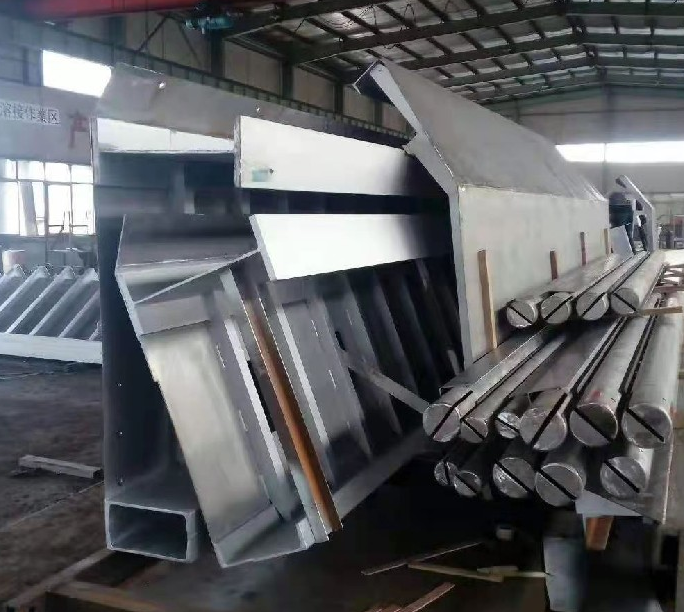


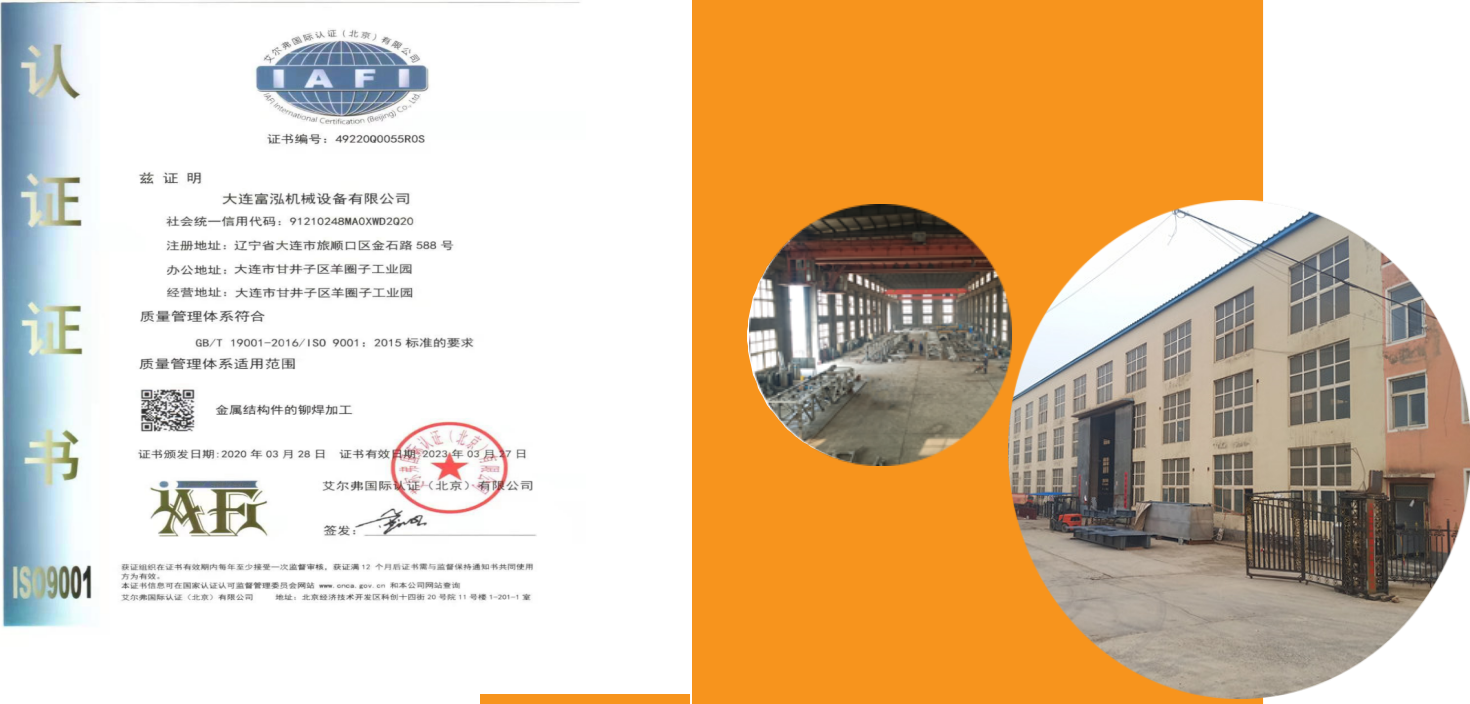
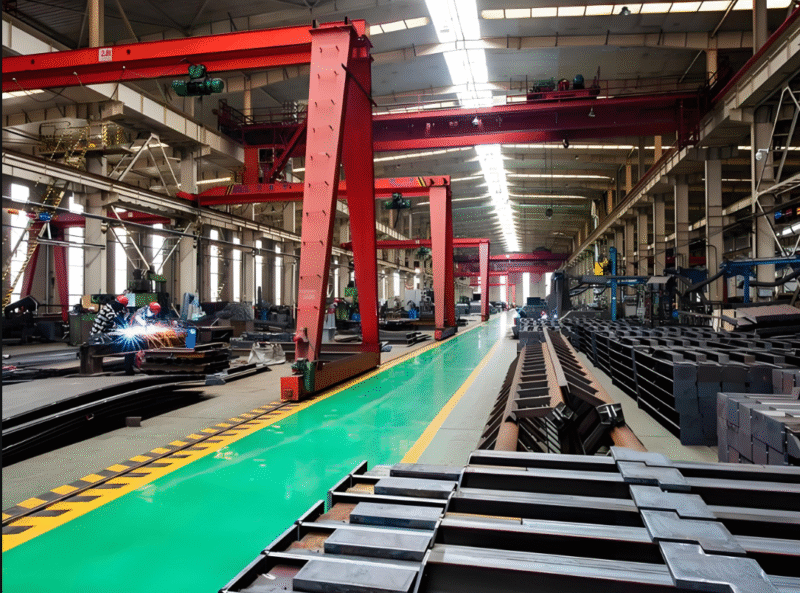

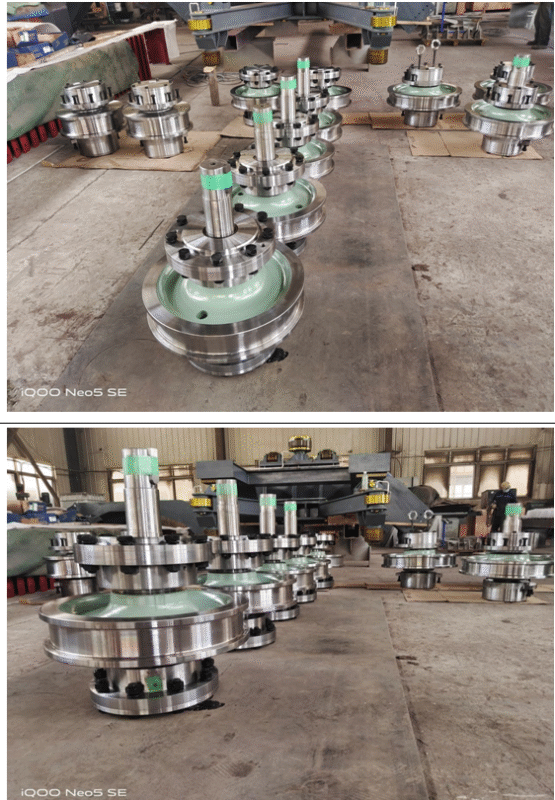
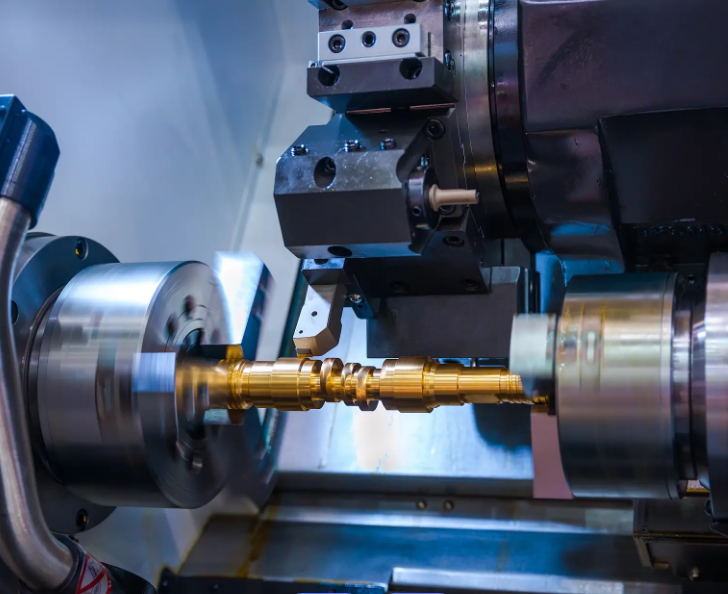
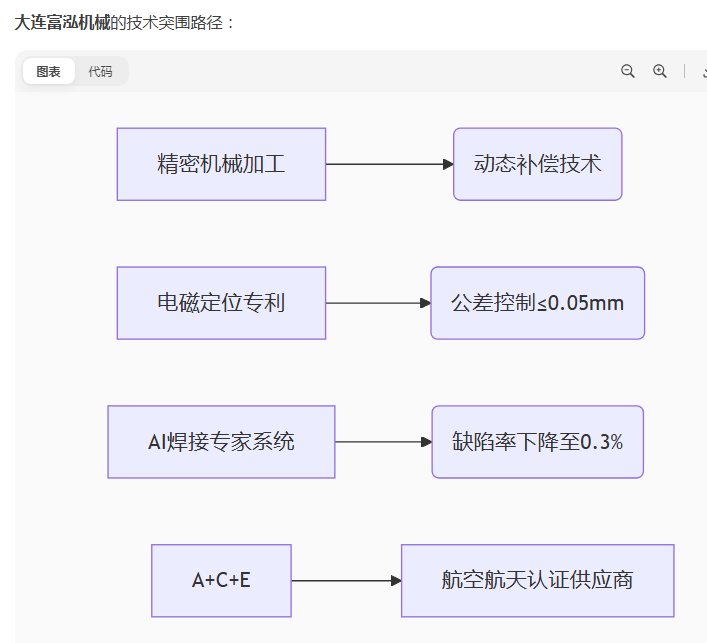
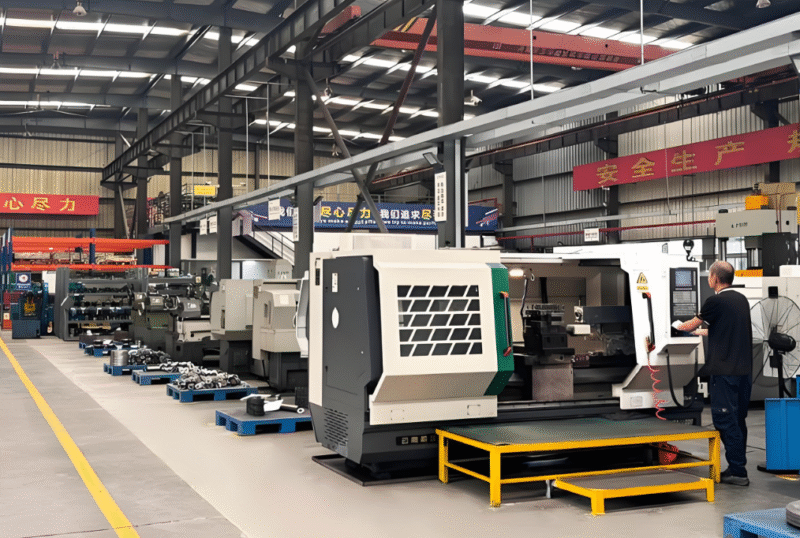
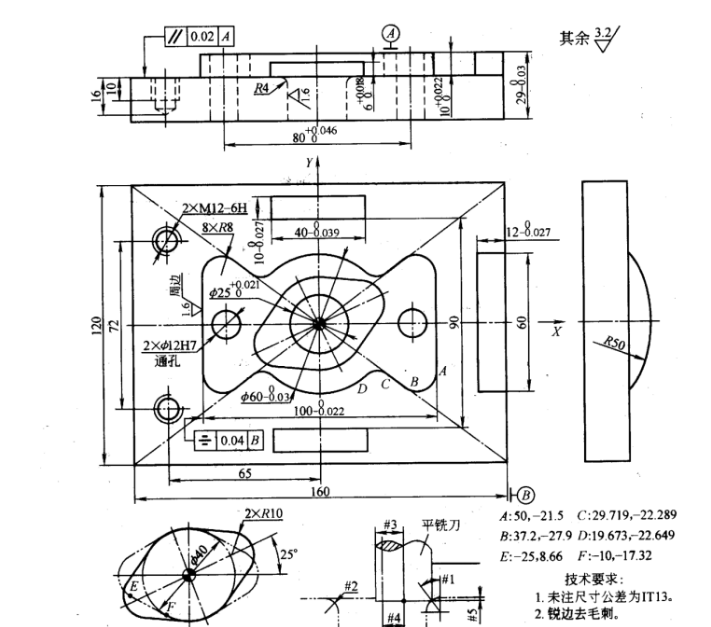
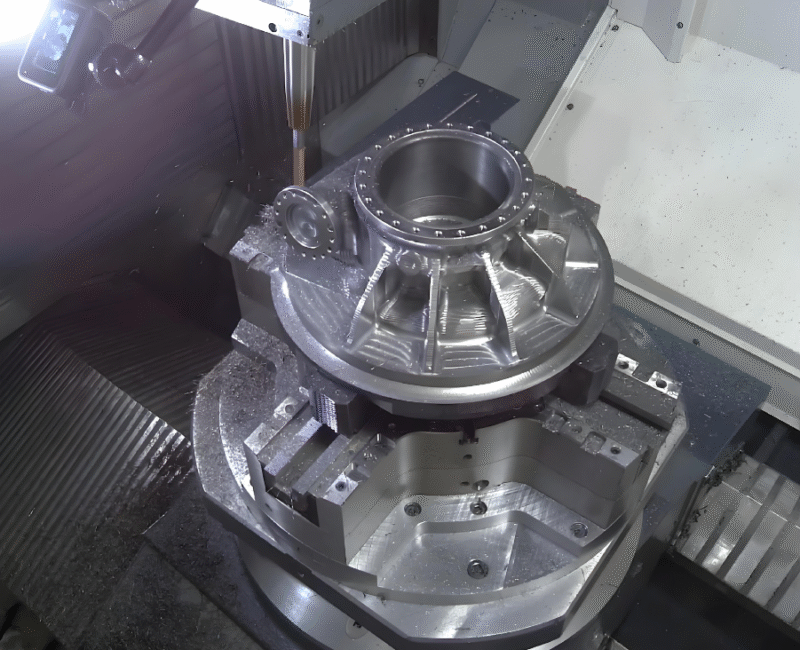

暂无评论内容